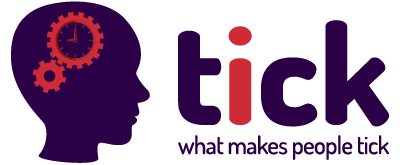INTROVERTS & EXTRAVERTS: WHY YOU NEED BOTH IN YOUR TEAM

HOW TO USE FEAR TO YOUR ADVANTAGE
January 3, 2018
‘HACK YOUR BRAIN’ THROUGH SELF-DEVELOPMENT
January 16, 2018
Studies show that introverts make up one third to one half of the population. Yet, in most workplaces, extraverts reign. There’s not always a clear distinction between the two personality types. You could be more of an extravert with your friends, but in a corporate scenario, show introvert qualities, and vice versa.
Extraverts love groups of people and constant stimulation. They feed off the energy of others and crave social settings – energised by external stimuli such as personal interactions, social gatherings and sharing ideas. The outwards nourish the inward.
Introverts, however, don’t enjoy noise, interruptions or big groups. Favouring solitude, they like the time to think before acting and love one-on-one relationships. Reflection is an introvert’s best friend, exploring their inner selves to recharge and grow.
The two personalities in a team environment
Good teams are dynamic and celebrate difference. Successful teams not only require a range of skills but also perspectives. Teams of extraverts tend to be highly effective leaders due to their assertive and energetic outlook. By contrast, introverted leaders feel comfortable listening to suggestions and take on new work processes, without feeling threatened. They’re confident listening to their intuition and reading ‘between the lines.’
A group will be more cohesive and effective when there’s a healthy balance of dominant and submissive members. In a team setting, neither is more important. Both can feed of each other and help to develop the individual’s personal and professional growth, by exposing them to new ways of doing things.
Do this exercise: Create a two-columned list, introverts and extraverts. Write down the name of each one of your team members, in one of the two columns. Do you have an even break down of both personality types? Are there more quiet team members than the rest? Pair them close to an extravert for a few days and observe the dynamic.
Provide a level playing field for employees who differ in their level of introversion and extraversion. Plan a ‘personality exploration’ day. Start by getting your team to take our test (code on left) and see how you can optimise the different views and perspectives to boost the success of your company.
Remember, no one is a pure introvert or extravert. In saying this, it’s good to find the dominant side in every person, so you can better understand how they interact with colleagues and customers.

